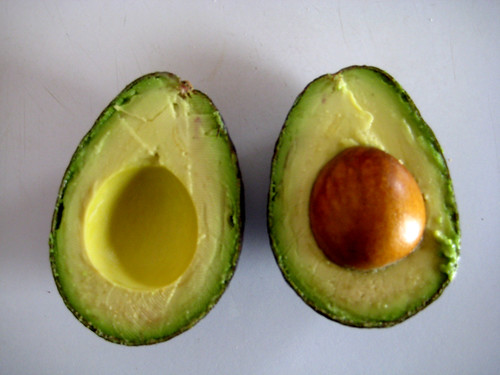In 1492, Christopher Columbus' first voyage launched an era of large-scale contact between the Old and the New World that resulted in this ecological revolution; hence the name "Columbian" Exchange.
As an example, the plants that originated in the New World include:
avocado
beans
cashew
chia
chicle (chewing gum base)
chili pepper (includes the bell pepper)
cocoa / chocolate
cotton (long staple variety, 90% of modern cultivation)
maize (corn)
papaya
peanut
pecan
pineapple
potato
rubber
squash (incl. pumpkin)
sunflower
strawberry (American species used in modern hybrids)
sweet potato
tobacco
tomato
vanilla
The Columbian Exchange has been one of the most significant events in the history of world ecology, agriculture, and culture, says Wikipedia.
One example from the New World:
Christopher Columbus was one of the first Europeans to encounter chili peppers - in the Caribbean, He called them "peppers" because of their similarity in taste (though not in appearance) with the Old World peppers of the Piper genus.
Chilies were cultivated around the globe after Columbus' time.[4][5] Diego Álvarez Chanca, a physician on Columbus' second voyage to the West Indies in 1493, brought the first chili peppers to Spain, and first wrote about their medicinal effects in 1494.
From Mexico, at the time the Spanish colony that controlled commerce with Asia, chili peppers spread rapidly into the Philippines and then to India, China, Korea and Japan with the aid of European sailors.
skip to main |
skip to sidebar
For students and parents who love education and exploration of the social sciences . . .
Search This Blog
Followers
Blog Archive
-
▼
2012
(254)
-
▼
October
(28)
- Mexican celebration that is spreading across the U...
- German corporation, Benteler Steel Tube, to build ...
- Lap Height More: The Five (5) Themes of Geography
- Metro populations in South America
- Mexico City snacks: chapulines, or toasted grassho...
- Quiz on the Americas, from Mexico to Brasil
- "Bom dia!" an intro to Brasil
- The impoverished nation of Mexico: type 3 multiple...
- Chicanos and the Browning of the US
- Teen crime in Shreveport trending downward, says J...
- Aztec Calendar stone or Sun stone, National Museum...
- Deborah Morehead, clad in salwar kameez, presents ...
- Aztecs and Mayas created amazing monuments
- Gulf coast neighbors: Mexico and Louisiana
- Columbian exchange: cashews, cacao beans, chicle, ...
- Avocados, cashews, chocolatl and the Columbian Exc...
- Assignment: brief presentations Oct 15-16 on a Lat...
- Geography and American affluence
- Comparing the relatively affluent Canada to the re...
- Create an Online Portfolio; keep a record of achie...
- Pacific-oriented geology quiz
- Social Studies Fair Project based upon the scienti...
- Cirque du Soleil: a world-class creation from Queb...
- canada: important neighbor
- California: the coast and Silicon Valley
- Not enough female types in Silicon Valley: Sheryl ...
- Earth's circular and drippy Rain Cycle
- Geo / plate tectonics
-
▼
October
(28)

